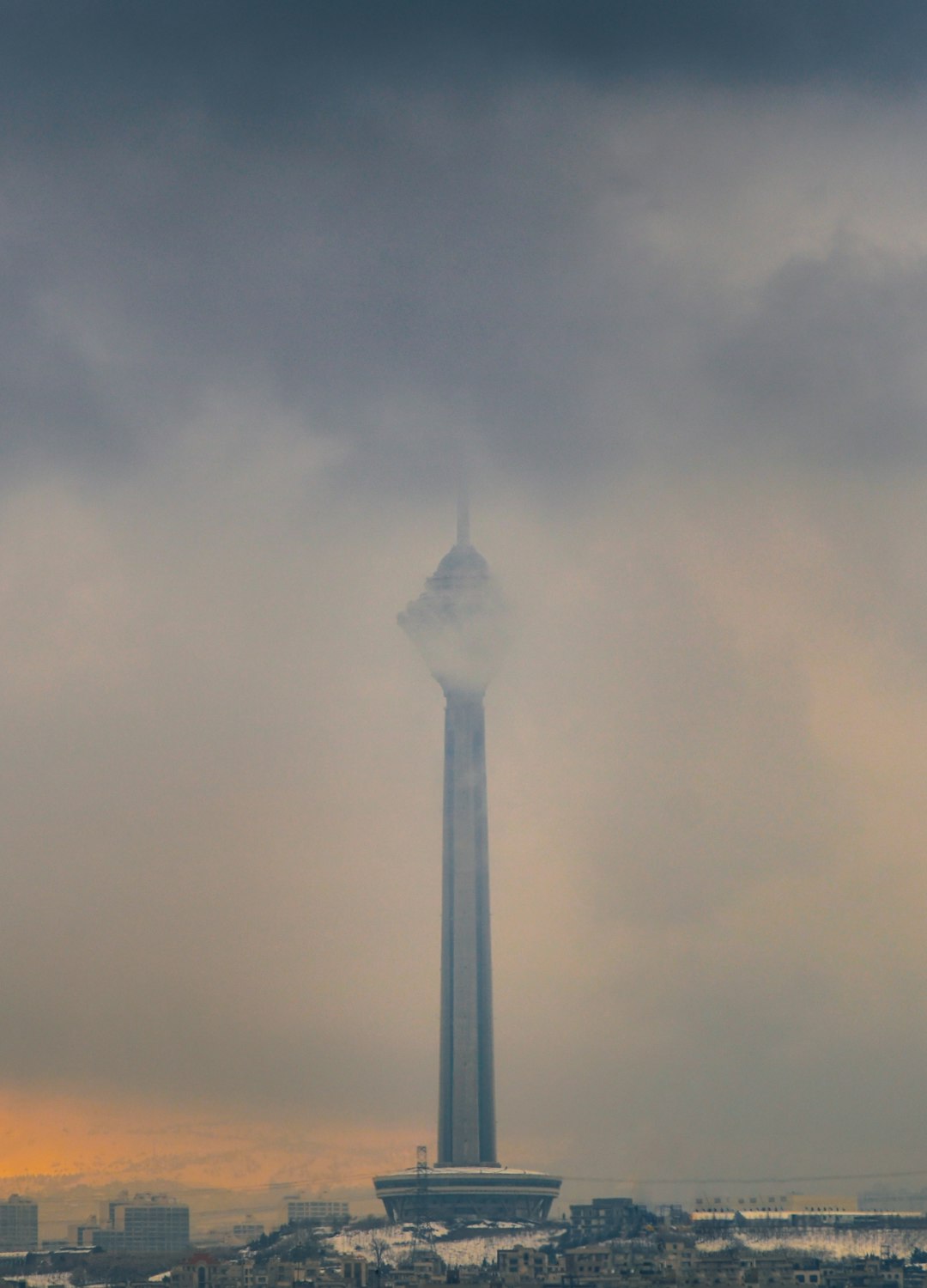
Top Monuments for Educational Trips: A Journey Through History
# Introduction. Educational trips provide students and history enthusiasts with the opportunity to step out of the classroom and immerse themselves in rich cultural and historical contexts. Among the best ways to understand our past is by visiting monuments that stand as testaments to significant events, remarkable figures, and architectural brilliance. In this post, we explore some of the top monuments around the globe that make perfect destinations for educational trips. # 1. The Great Wall of China. Stretching over 13,000 miles, the Great Wall of China is not only an iconic symbol of China but also a marvel of engineering that reflects the historical depth of this ancient civilization. Constructed over several dynasties, this monumental fortification served to protect against invasions and regulate trade along the Silk Road. Educational trips to the Great Wall can provide insights into Chinese engineering, military strategy, and the impact of geography on historical events. Visitors can walk along various sections of the wall, each showcasing different periods of construction, materials, and purposes. Guided tours often offer lectures on the Tang and Ming Dynasties, enhancing students’ understanding of Chinese history. # 2. The Pyramids of Giza. The Pyramids of Giza, particularly the Great Pyramid, are among the world's most remarkable achievements in architecture and engineering. These ancient structures, built over 4,500 years ago, serve as profound examples of ancient Egyptian culture, beliefs, and advances in science, such as mathematics and astronomy. Educational trips to the pyramids can include explorations of the burial rituals of pharaohs, the role of the pyramid in the afterlife, and insights into the daily life of ancient Egyptians. Many guides provide context regarding the construction techniques used during the Old Kingdom, igniting curiosity in students about ancient civilizations. # 3. The Colosseum, Rome. The Colosseum in Rome stands as a powerful emblem of the Roman Empire’s architectural skills and societal values. Hosting gladiatorial contests and public spectacles, this monumental structure has a rich history that can teach students about ancient entertainment, social hierarchies, and Roman engineering prowess. A visit to the Colosseum can be an inspiring experience through which students learn about the Roman Republic and Empire, the significance of amphitheaters in ancient culture, and the evolution of architecture over time. Many educational tours offer unique insights into the daily lives of Romans and the complexities of their society. # 4. The Taj Mahal, India. The Taj Mahal, often regarded as one of the most beautiful buildings in the world, is a mausoleum built by Emperor Shah Jahan in memory of his wife, Mumtaz Mahal. It stands as a monument to love, combining elements of Persian, Islamic, and Indian architectural styles. Educational trips to the Taj Mahal allow students to explore themes of art, architecture, and the socio-political context of Mughal society. Local guides often provide fascinating narratives about the construction process, the symbolism embedded in the design, and the intricate craftsmanship displayed throughout the monument. The blend of cultural influences makes the Taj Mahal a rich point of study in art and history. # 5. Stonehenge, England. Stonehenge is an enigmatic prehistoric monument that captivates visitors with its colossal stone circle and aligned stone arrangements. This UNESCO World Heritage Site prompts intriguing questions about ancient peoples, their rituals, and their understanding of astronomy. Educational trips to Stonehenge can spark discussions on Neolithic and Bronze Age cultures, the significance of celestial events, and architectural techniques of the time. Visitors can engage in hands-on programs that explore archaeology and ancient technology, allowing for a deeper appreciation of humanity’s shared history. # Conclusion. Each of these monuments offers a unique blend of history, culture, and education that makes them ideal for enriching educational trips. These sites not only enhance academic learning but also foster a deeper understanding of the world’s diverse cultures and histories. Whether through guided tours, interactive workshops, or immersive experiences, these monuments inspire curiosity, encourage critical thinking, and cultivate a love for history among students and travelers alike. As we step into these historic spaces, we connect with the stories of those who came before us, reinforcing the idea that history is not just about the past; it is also about shaping our future. .








